Agnes Sorel-A Beauty with a bit of the She-Wolf-"O Mistress Mine, Where are You Roaming?" Shakespeare-Twelfth Night, act II, Scene III
French Court Intrigue
Jean Fouquet (ca. 1415-1480), Virgin and Child Surrounded by Angels, ca. 1455
Royal Museum of Fine Arts, Antwerp
Enter, Agnès Sorel, the woman behind Jean Fouquet’s Madonna and a pivotal French player on the chessboard of France.
She is surrounded by Seraphim and Cherubim. Posing as the Virgin Mary, she is a leading lady with a life worthy of a painting.
The portrait is the right side of the Melun Altarpiece, painted for Etienne Chavelier, who is featured in the left panel.
Étienne Chevalier et Saint Étienne, Diptyque de Melun, par Jean Fouquet, vers 1456, Gemäldegalerie, Berlin.
The power and presence of the left side of the Melun Dyptich is captured in the head of St. Stephen, who gently places his hand, with foreshortened fingers, around the patron, Etienne Chavelier's shoulder. He is introducing the patron to the Virgin. Both look equally uninterested. But Stephen, from the point of view of an art historian is the masterpiece. It is the tilt of his head, his shadow defined, and his long fingers wrapped around Chavelier's Book of Hours. St. Stephen's attribute rests on the precious, costly book, the rock that symbolizes his martyrdom by stoning. But this is no ordinary rock.
"Prior research has provided evidence of pre-Homo sapiens species in Europe using Acheulean handaxes, making them one of the longest-used tools and most investigated Paleolithic artifacts...
I love this idea of connecting a handaxe—a utilitarian object that helped hominids survive half a million years ago—within a medieval French painting, which is so well-known that it's taught in introductory art history classes," says DeSilva. "From the Paleolithic Age to the Renaissance and beyond, handaxes have been—and continue to be—part of human history."
DeSilva (Jeremy.M.DeSilva@dartmouth.edu) and Kangas (Steven.E.Kangas@dartmouth.edu) are available for comment.
Chevalier, as noted, is stiff and doltish. The handaxe has more personality. He is as static as Stephen is breathing. He was also the commissioner of the diptych and his own Book of Hours, since his portrait appears frequently in it, as does his full name "Maistre Estienne Chevalier." He could afford it. He was one of the treasurers for Charles VII. Why do I feel that Fouquet despised the Chevelier, while still creating something of such cutting edge beauty. It is just a hunch or that start of a little fictional rendition. Chevalier is vacuous and prays with rigidity, he is lifeless. St. Stephen and the Christ child make eye contact. Stephen is a breathing, supple human being, compassionate, and loving. The contrast is palpable....and deliberate?
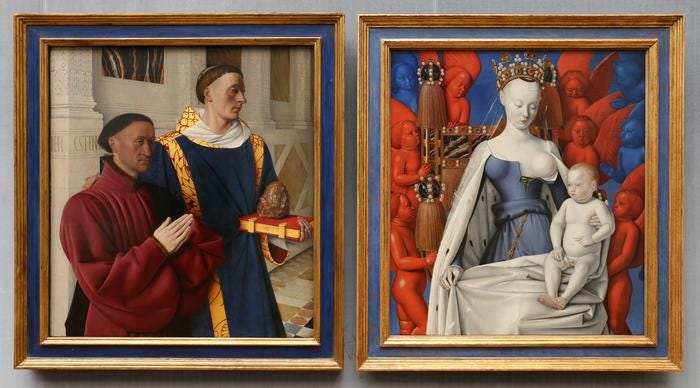
The model for Mary was the the first recorded mistress/concubine of a French king. She was of the very minor nobility and yet, Agnès Sorel had it all. She was beautiful, clever, fashion-conscious and powerful. In 1444, Charles VII – France’s most insipid king and that is saying something – took one look at the 22-year-old Agnes and decided he had to have her. Was his wife, Marie of Anjou (1422–1461 compliant? She had one son with Charles VII, the future Louis XI, in a long line of Louises. She stepped into the shadows or so it would seem.
As for Agnès, she knew what she had and how to use it. She was much more that a full bosom. She became his confidant and advisor and matched it with a penchant for spending that would rival any modern day dilettante. She was a true trendsetter, Agnès did away with the respectable neckline. She introduced bare shoulders and a décolleté that would rival Diane d' Portier, her later protege. From time to time, she ‘forgot’ to do up her top, resulting in the occasional ‘Nipplegate’. As ever when it comes to bare flesh, you have supporters and opponents. This was a small offense to the female court. The ultimate insult was that she was sporting a diamond that had no equal. Only queens were supposed to wear stones of this magnitude...not a 22 year old girl from the ranks of the minor nobility.
King Charles VII of France - Charles VII (1403–1461) by Jean Fouquet, Louvre-
(You know him. You have just forgotten. He is the Joan of Arc king. As recalled, Joan comes to him, breasts covered and tells him to snap out of it.)
Charles VII gave Agnès the Château de Loches. It is their home together. It is here that Joan of Arc urged him to claim his throne. The French succession was not a given at this point.
Three of the earliest portraits of Joan: 1. Sketch by Clement de Fauquembergue, 1429, the only known depiction from her lifetime; 2. Miniature portrait from an illustrated manuscript by Martin Lefranc 1450; 3. Joan of Arc on horseback from a 1505 manuscript.
Joan will lead the troops of France in nine consecutive battles but it is the siege of Orléans that marks a turning point of the Hundred Years' War between France and England. Joan's miraculous victory against all the odds elevated her to legendary status. She escorts Charles through France to Reims, capturing hostile towns by force en route. This enabled his coronation to take place on 17th July 1429.
Agnès is involved in the process. She helps the king find his backbone. She encourages him to restore order to his kingdom and his finances, and to rejoin the conflict against England. She got to sit alongside the king in the throne room.
Agnès was certainly no shrinking violet: she set a standard from that time forward that the mistresses of French kings were often high-profile and influential in the political badminton of France.
Jean Fouquet ca. 1420 – 1477/81
illumination (11 × 8 cm) — 1455 J. Paul Getty Museum, Los Angeles
Fouquet's style, at this time would have looked more like the above illumination...not the proposed painting of Agnes Sorel.
The Agnès Sorel Virgin and Child is another story all together. As the breast-feeding Madonna, Sorel was able to embody the prevailing ideal of beauty. All of the females of note in Christendom wanted to be as beautiful as Mary. And Agnès with her long neck and whitest of white skin along with barely any eyebrows and an epilated hairline filled the bill of 15th century beauty. Fouquet broke with tradition to paint Mary as a sensual and fashionable woman. The baby Jesus is only a place holder like Chevelier and seems totally uninterested in her breast, nor is Mary much interested in him. Is this Madonna really a model of maternal love? Or a tribute to La belle Agnès? I sense she far more concerned with that elegant ermine robe that she so delicately pulls across her lap whilst balancing a crown of massive pearls and rare gem stones. The ermine came from Russia and the pearls from the Levant.
If I might digress for a moment, the Fouquet painting would be generally contemporary to the Cortona Madonna. by Fra Angelico., a major figure in mid-1400's, Florentine art.
The Cortona Annunciation, Fra Angelico in egg tempera 1433
This is an exploration in perspective and changers use of color so that the angel's garments move and change shades as though Gabriel has just flown into the room. The doll features are classic International Gothic. It is deeply spiritual as Mary reacts in humility to the angel's vibrant energy and announcement. She crosses her arms in a classic pose, covering her breasts, if she can find them. There's no politicking here or vying for who is the most beautiful, wealthy or powerful...hmmm, "Mirror, mirror..." as they say.
Another example of how unique the Fouquet portrait is would be the Merode altarpiece by Robert Campin, paint in 1427. The three altar pieces are basically contemporary works yet nothing approaches the modernity of the Fouquet.
The prominent Dutch historian Johan Huizinga wrote about the Fouquet in his Waning of the Middle Ages. He considered it a fine example of decadence in the late Middle Ages, when religious feelings came close to erotic ones. A few quotes:
"No instance of this dangerous association of religious with amatory sentiments could be more striking than the Madonna ascribed to Foucquet, [..]"
"The bizarre inscrutable expression of the Madonna's face, the red and blue cherubim surrounding her, all contribute to give this painting an air of decadent impiety in spite of the stalwart figure of the donor."
"There is a flavour of blasphemous boldness about the whole, unsurpassed by any artist of the Renaissance." Here Here!
Agnès had four children with Charles VII. Bless him, he hardly looks equal to the task. She was pregnant with her fourth daughter when she traveled to the Jumièges battlefield in Normandy in 1450 to support the king. Mind you, Chateau Loches to Jumierges would be 4 hours on the A28 today. It is a 260 mile trip. I can only imagine the trauma of travel, for a woman well into her 7th month, and in the 1400's. She arrived very ill, with what was thought to be dysentery. She gave birth early. The mother and daughter died within days of each other.
"In 2005, a forensic team investigated Agnès’ bones and detected enough mercury in them to kill ten people. Did it come from a medicine on which she accidentally overdosed? Or was Agnès murdered? Perhaps by the heir to the throne, Louis XI? Surely, she had critics. He certainly detested her. He wasn't alone." This is not rocket science but I will let you decide.
Agnes remains the subject of one of the most beautiful French paintings created at a time that was glistening and glittering with wealth but relentlessly turbulent and cruel. She is the protagonist of her own tragedy. Should we look at her from a different facet as though she is one of her own diamonds?
Enter Jacques Couer.of Bourges..stay tuned for more on this tale of treachery.
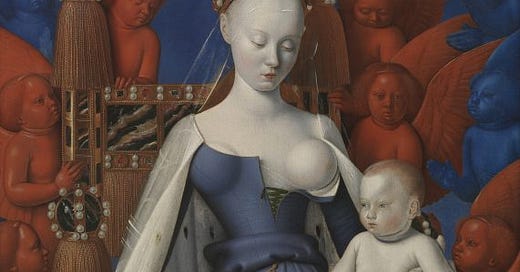



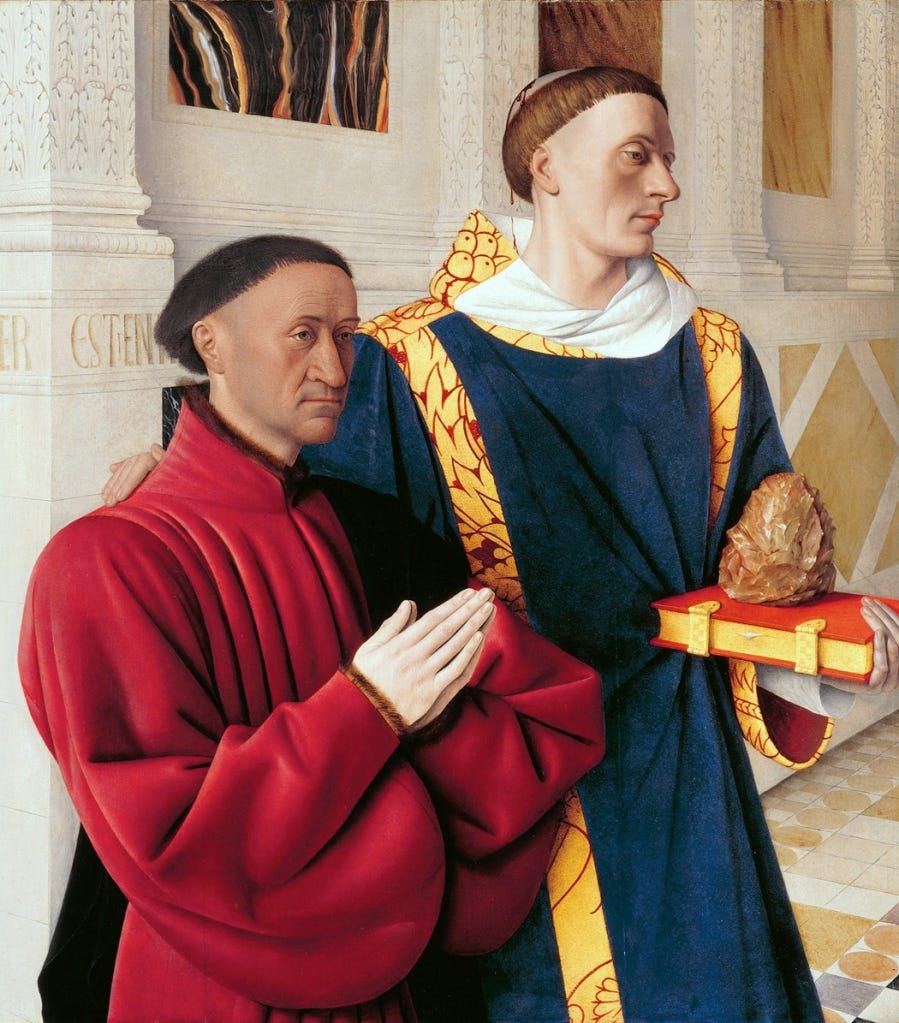
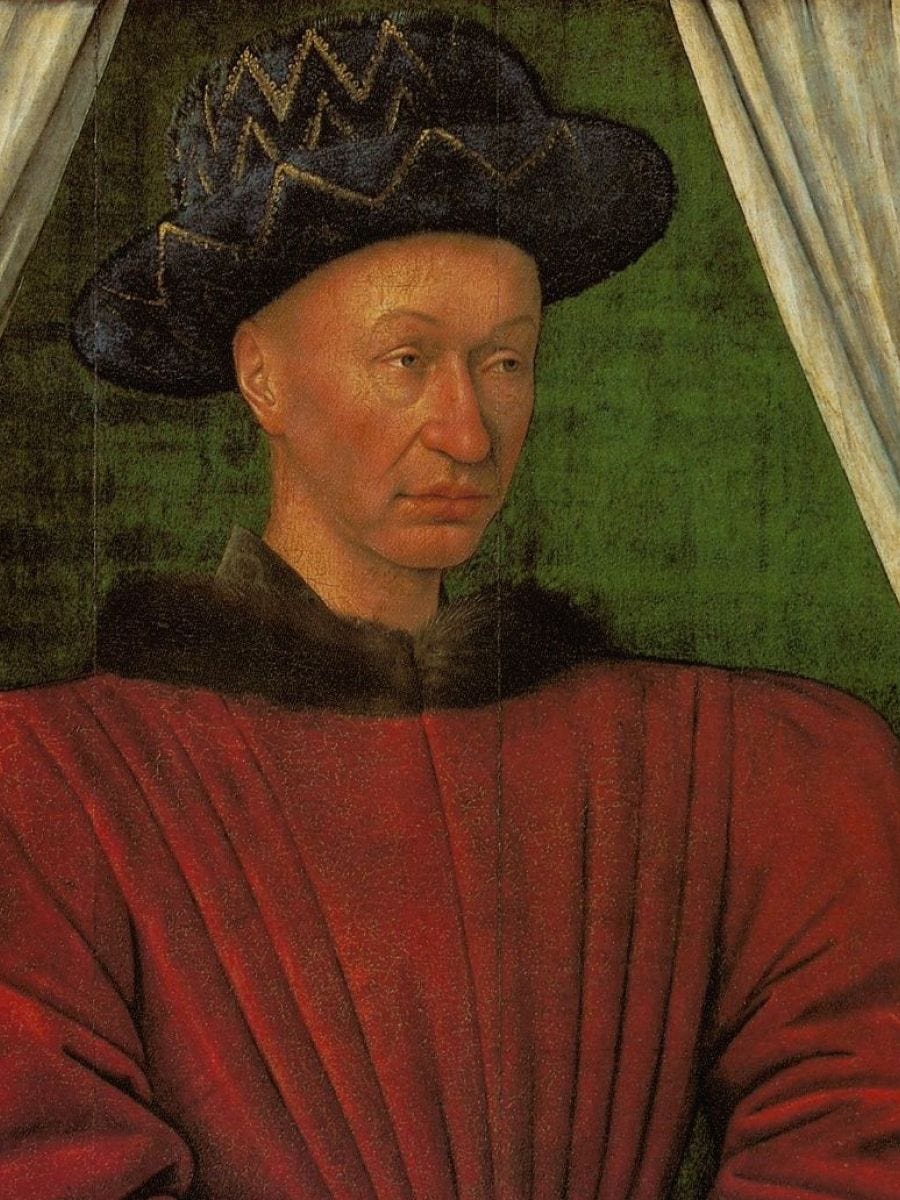
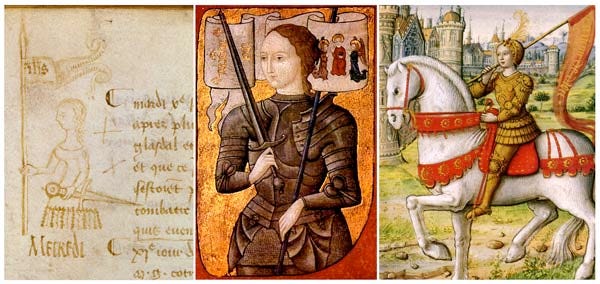



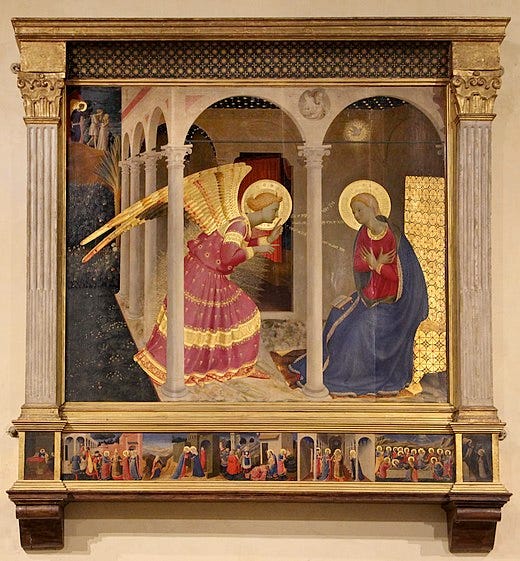
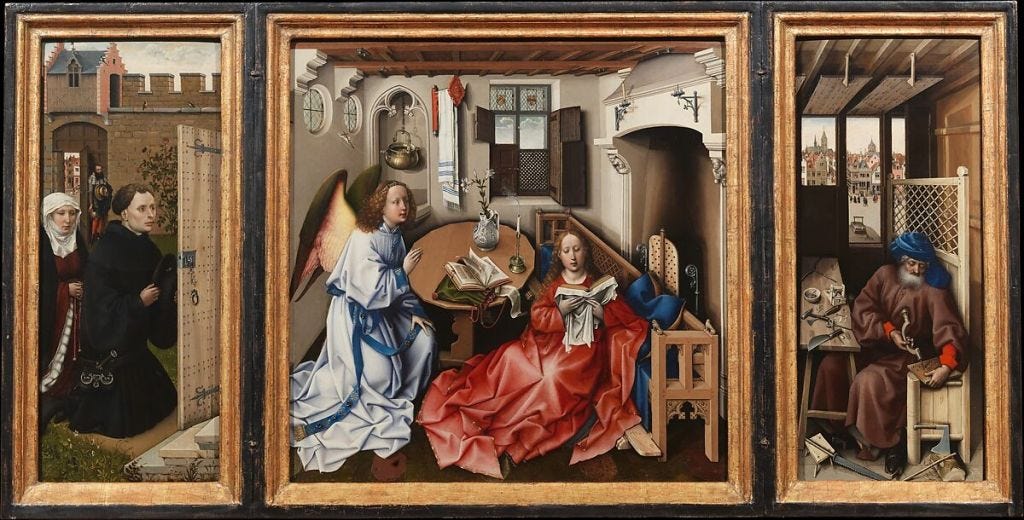
Engaging storytelling and great comparisons of contemporaries.